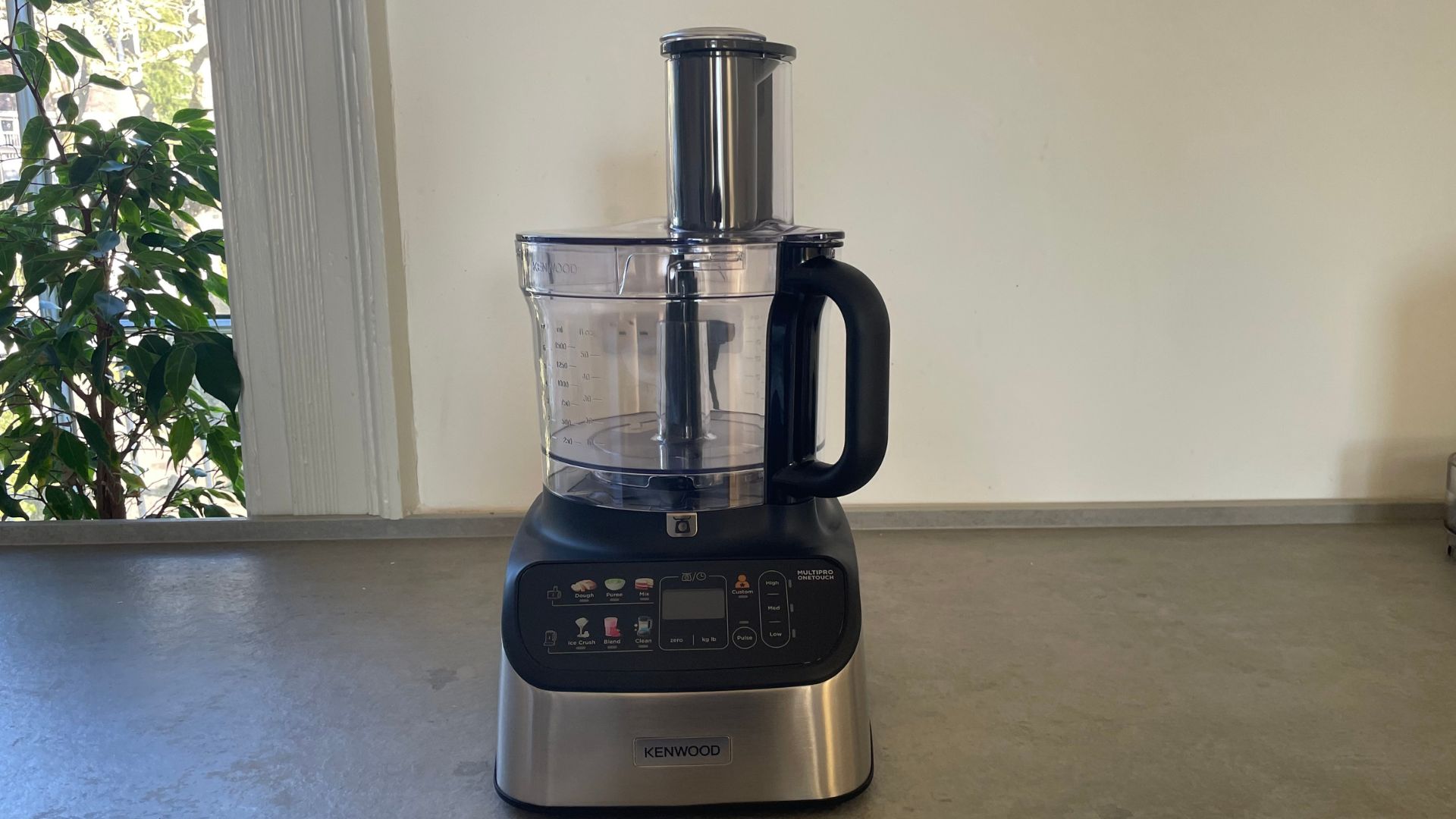
Food processors are a kitchen staple, but they come in all shapes and sizes. The special names and strange functions can whizz up your brain until you feel like you’re trapped inside the food processing bowl, so I'm here to help.
At woman&home, I head up our team of testers. We’ve recruited chefs and industry experts to test the best food processors on the market, giving them a fixed set of tasks that’ll help us to determine how good a food processor really is. Make no mistake, as per our policy on how we test all products, it's a rigorous process.
If you’re curious about what a food processor needs to do to earn a spot in our prestigious food processor guide, you’re in the perfect place. Here’s everything you need to know about how we test food processors.
Research
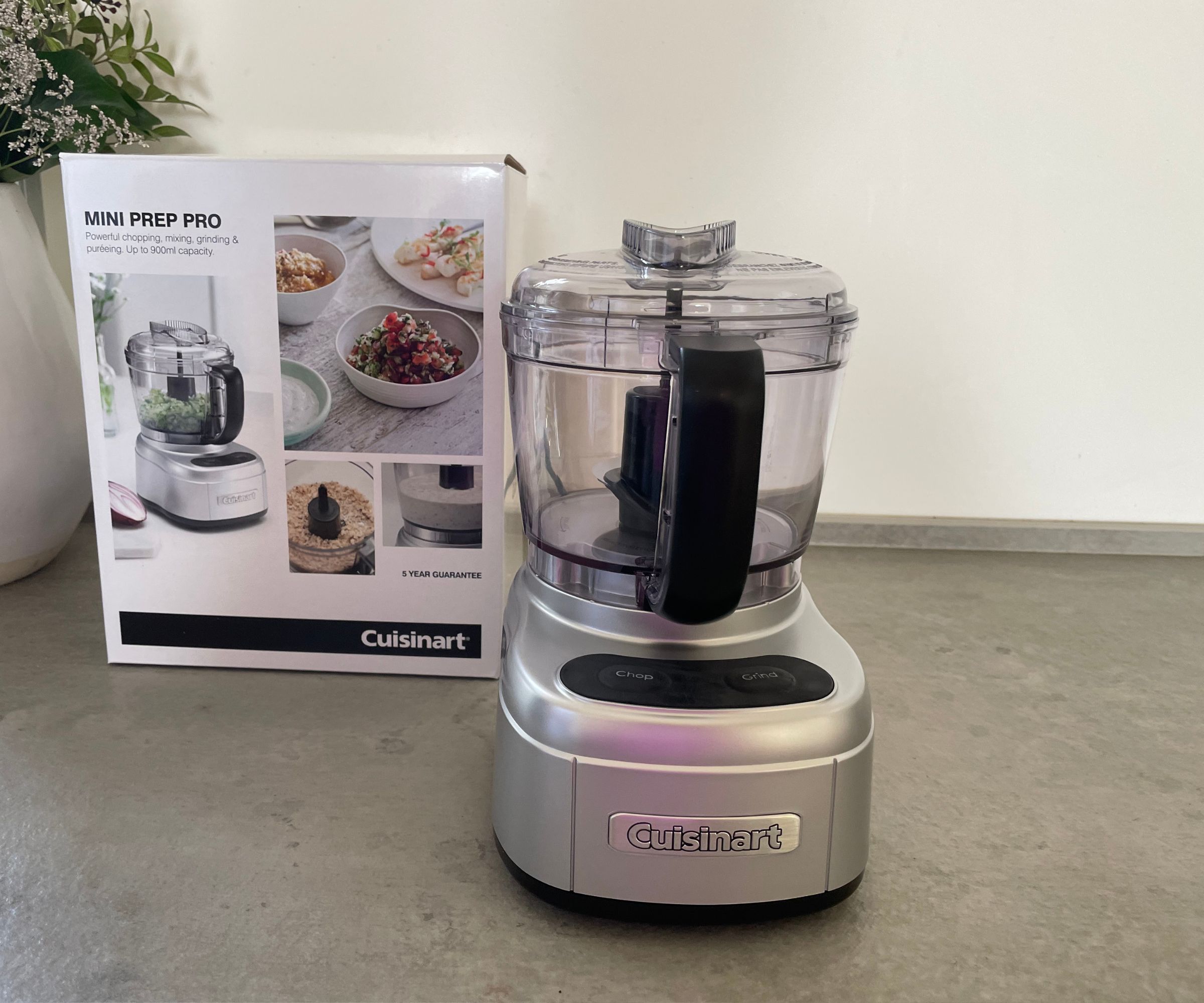
Our testing process starts exactly where yours does when you’re looking for a new food processor: with research. I keep on top of the trends and demands of a modern kitchen, whilst also maintaining a beady eye on the best-selling heritage models too.
As soon as something comes to the market that I think you’ll love, I do a deep dive on all the details. I check all the credentials and functions so that I know what to expect and then I call the food processor in to our testing kitchen. When I'm satisfied that all possibilities are covered, I can go into the kitchen. Here’s where the fun starts.
Unboxing
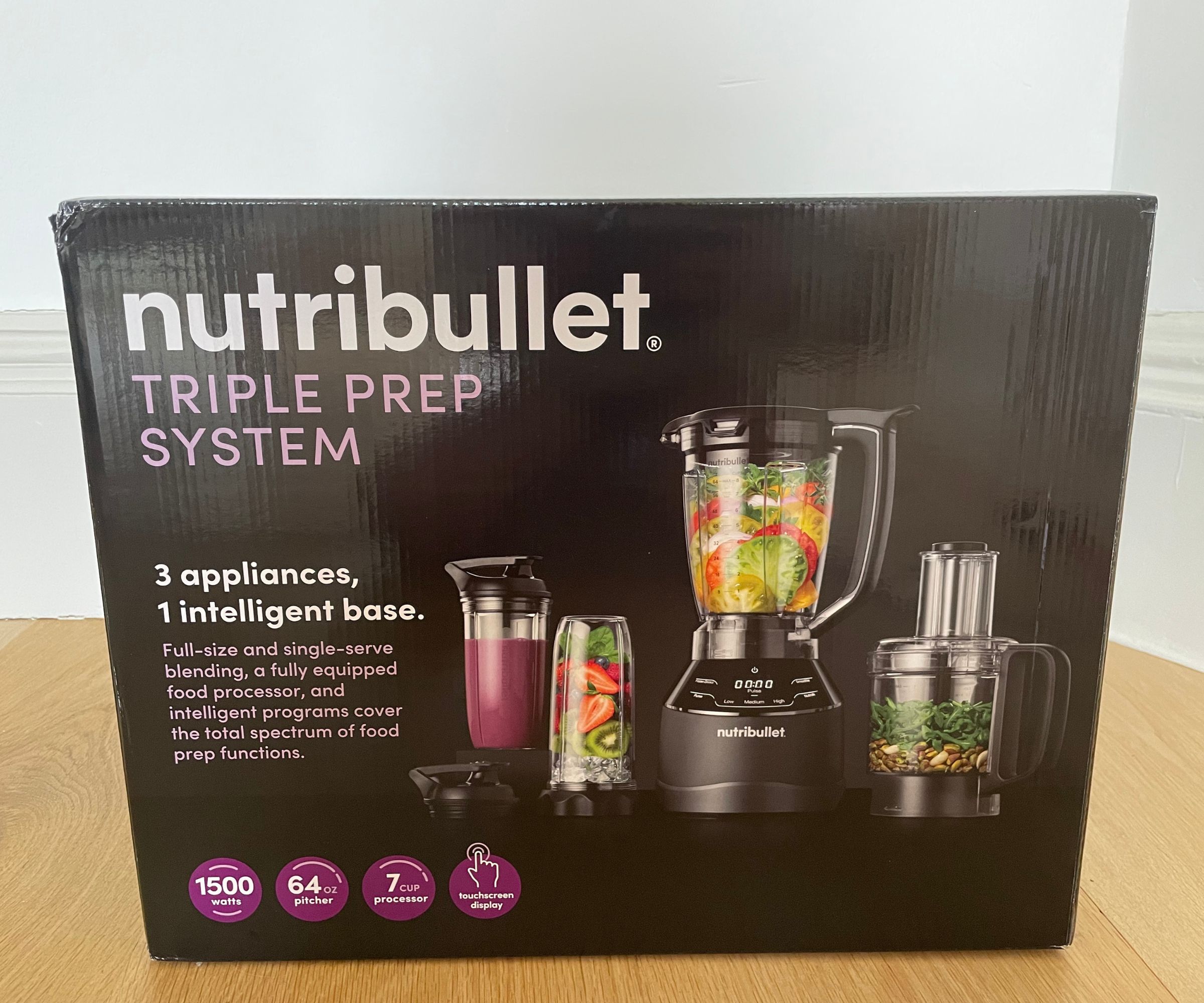
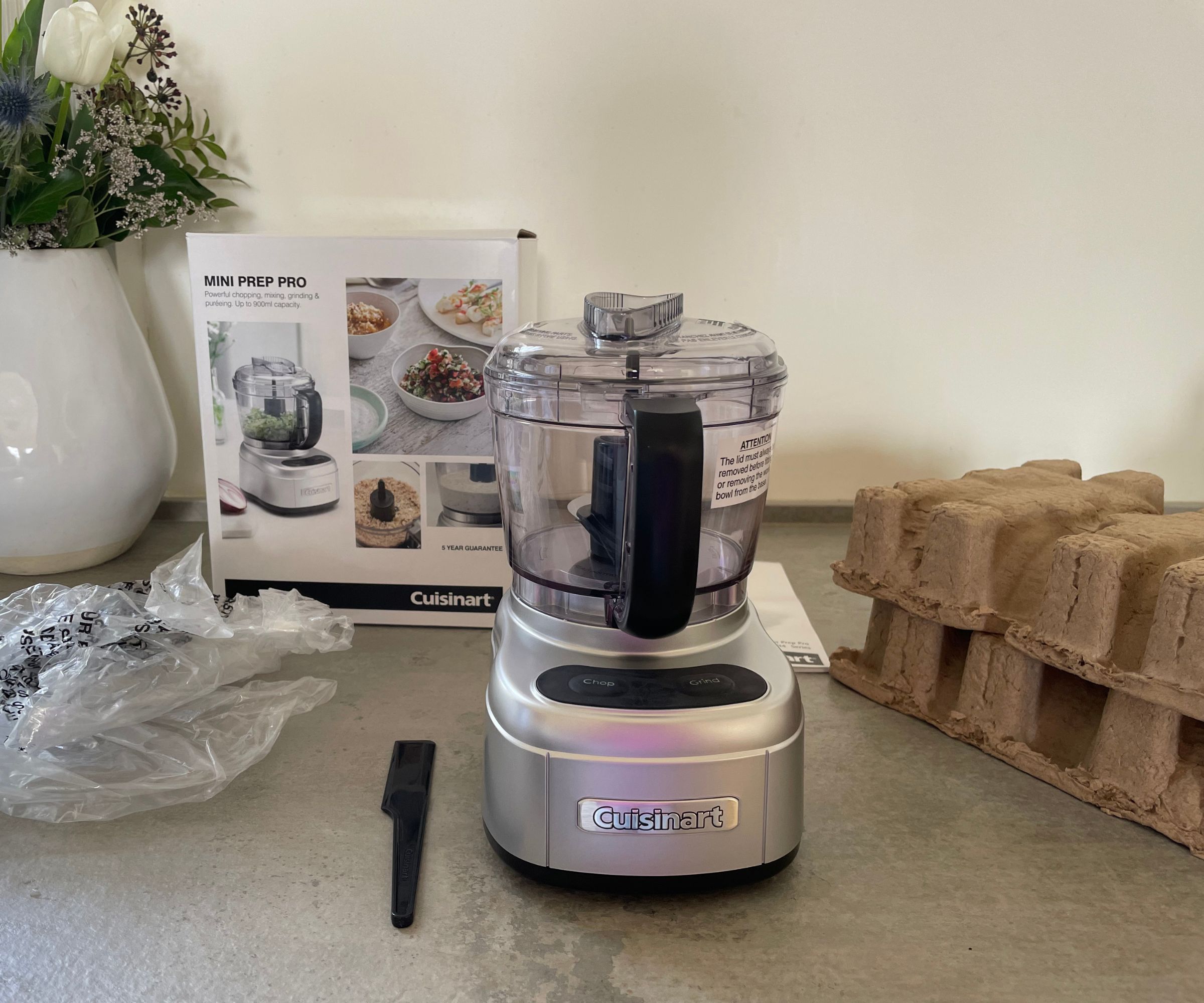
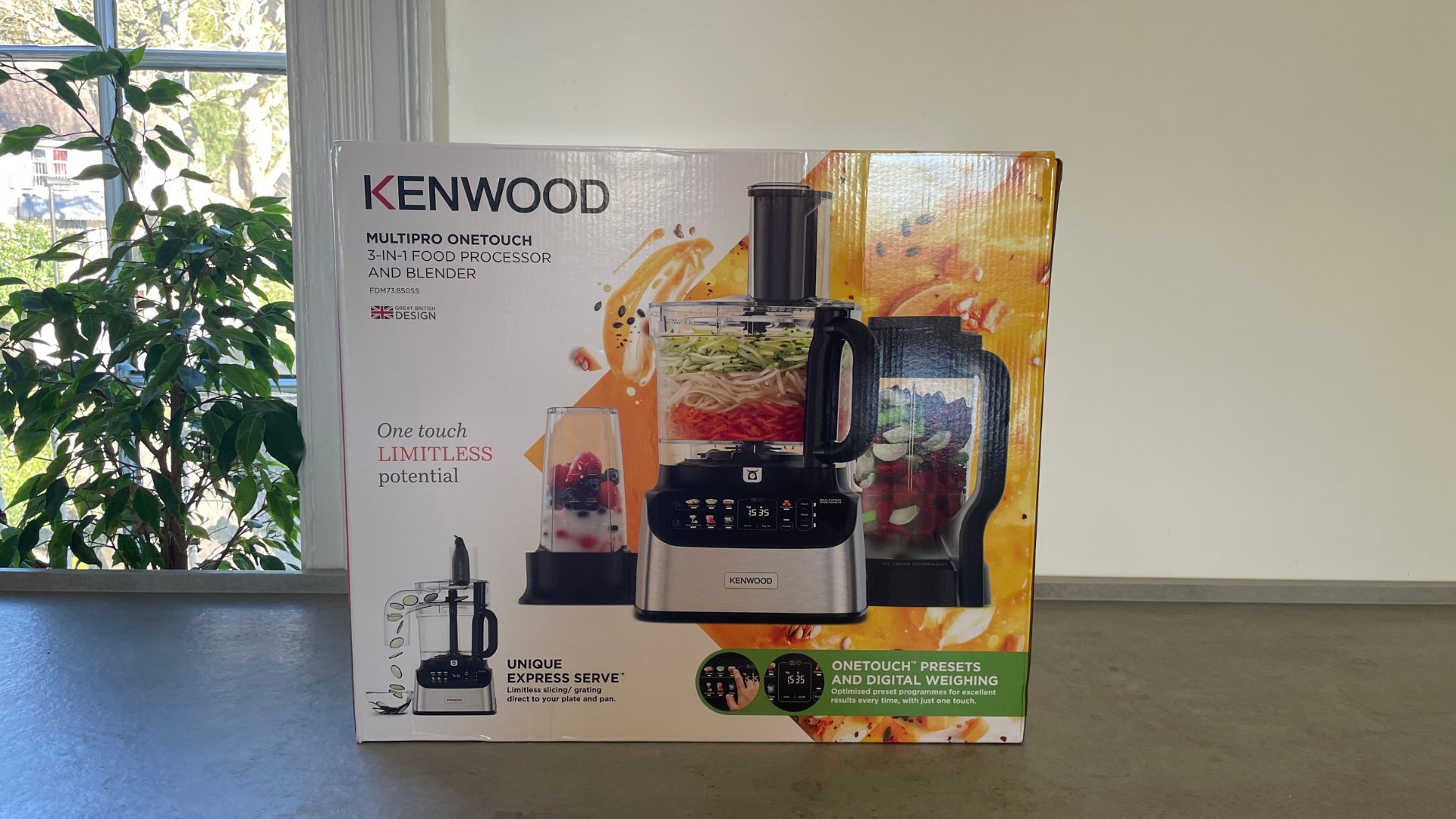

You’ll notice that unboxing makes up the first section in all my reviews and it’s not because I’m trying to pad them out. Even though the delivery and packaging only makes up a tiny temporal fraction of the years that you’ll use your food processor for, I think it’s a very telling aspect of a brand.
The most conscientious brands will often send the product in a box that’s useful (they might put bits of information on the side); robust (so that it arrives neatly); and sustainable. I’ve found that the brands that pick up on at least one of these are those who have really thought about the customer experience and so they’ll have packed lots of other thoughtful features into the product too.
After letting you know about that, I’ll talk you through accessories and my first impressions of a food processor. This will cover the appearance, weight, and functions, so you’ll get a good gauge of what’s lying ahead of you in my review.
Who would it suit?
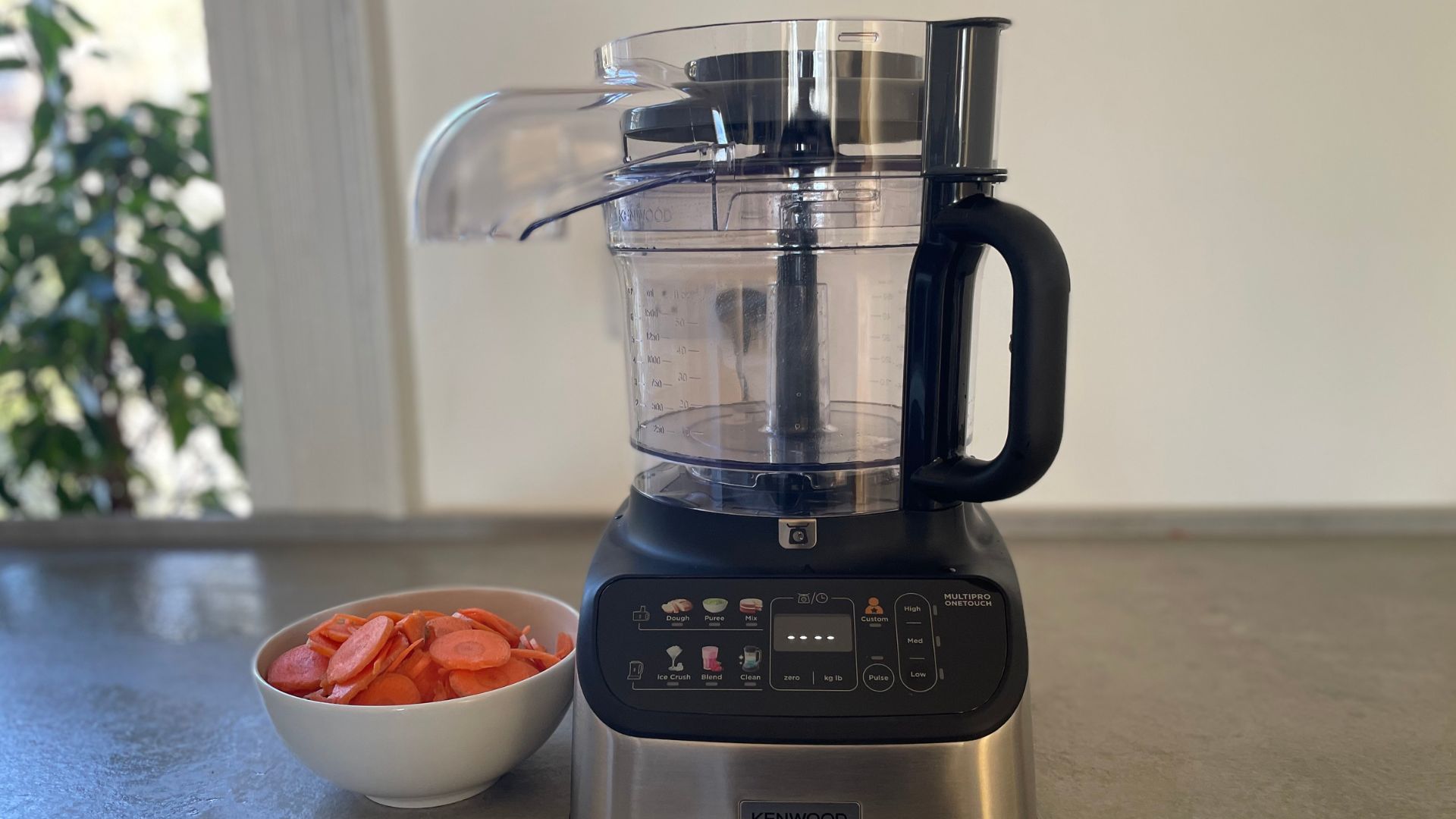

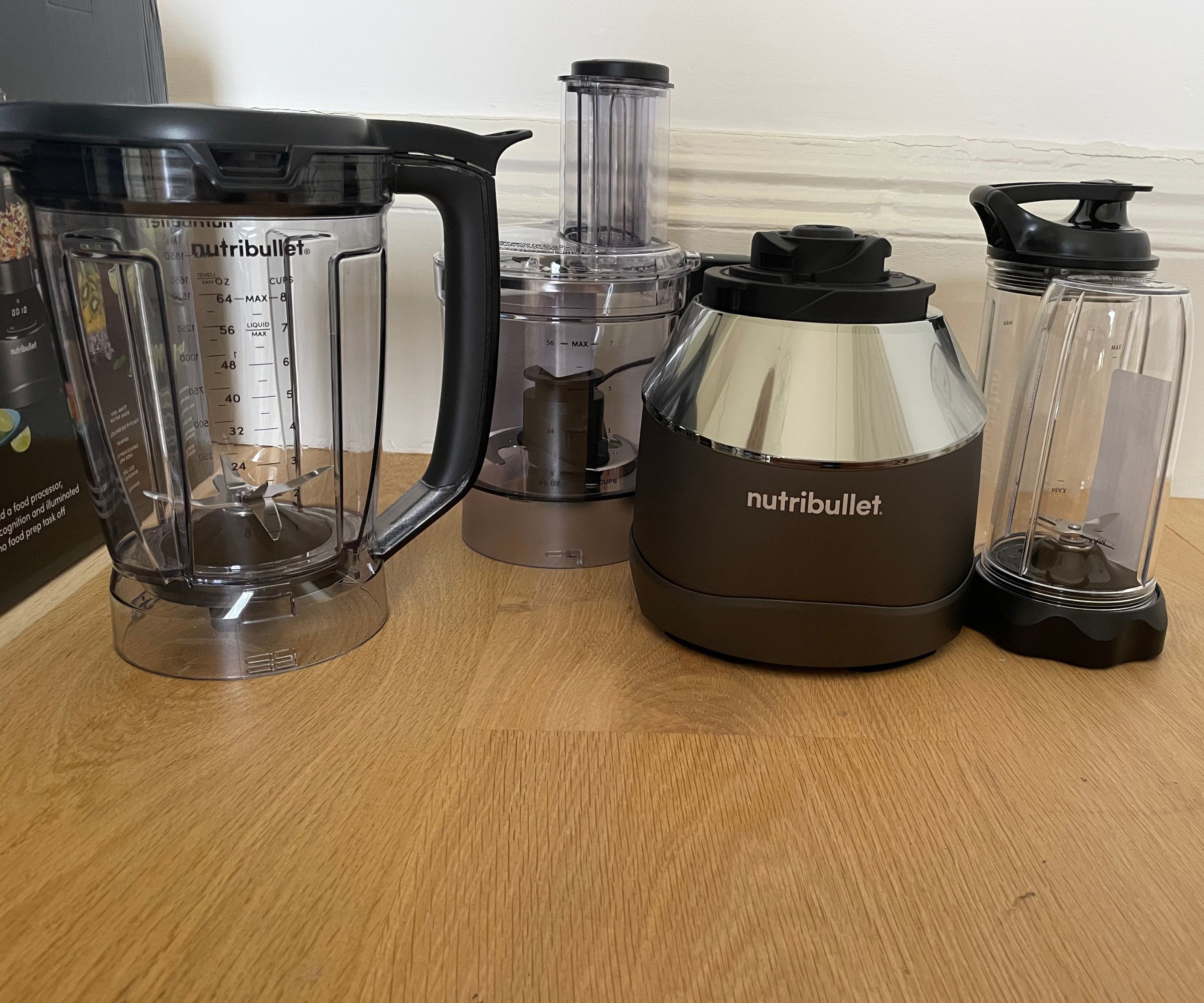
This comes next in the review, but it’s the bit that I always write up last. It takes a full review for me to work out who I think the food processor would really suit well, but I want you to know early on whether this is good for you and your kitchen.
I’ll re-emphasise the space, functions, and price point, so that you don’t end up wasting your time reading a review of a food processor that isn’t the perfect fit for you and your kitchen.
What is it like to use?
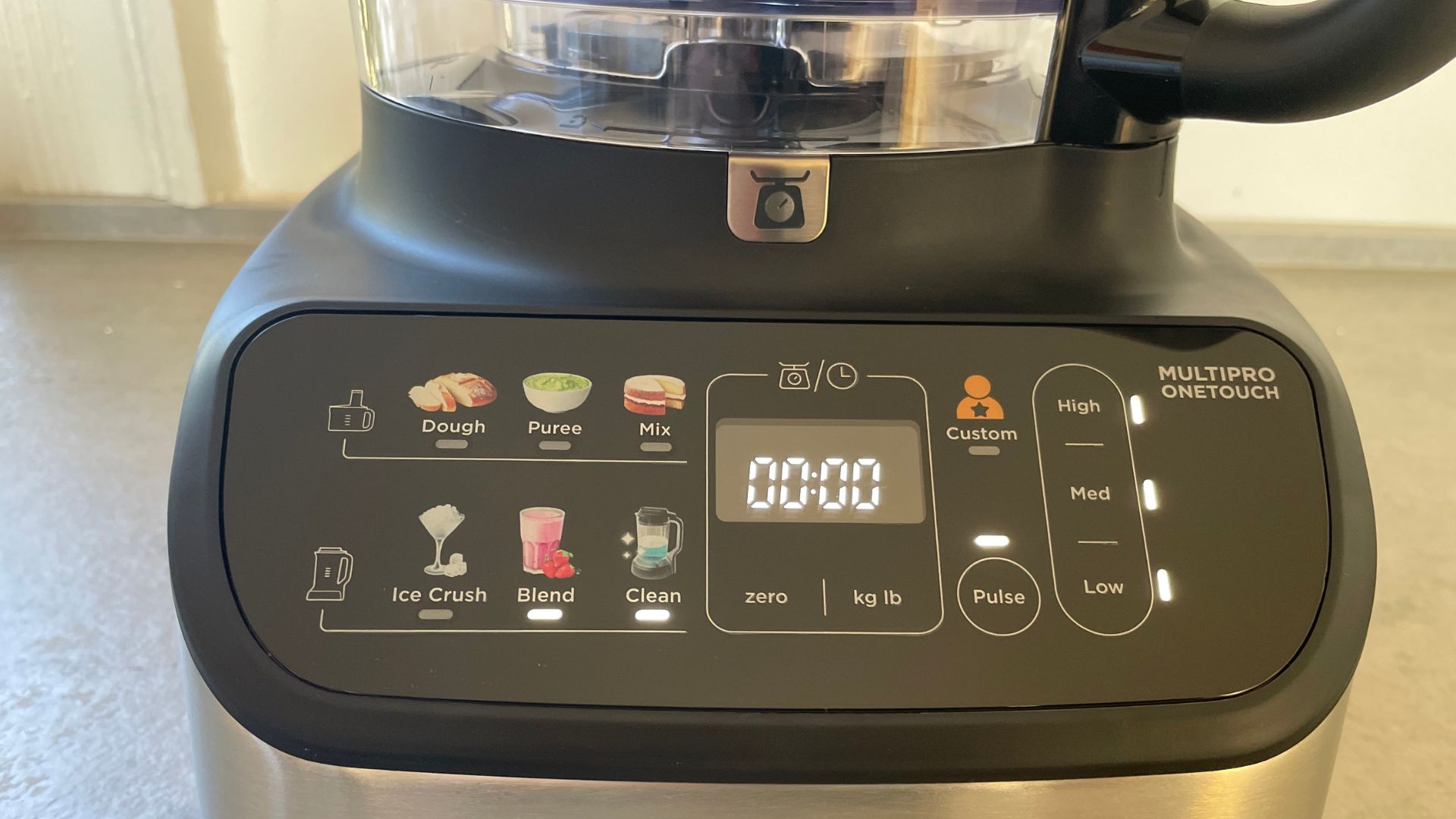
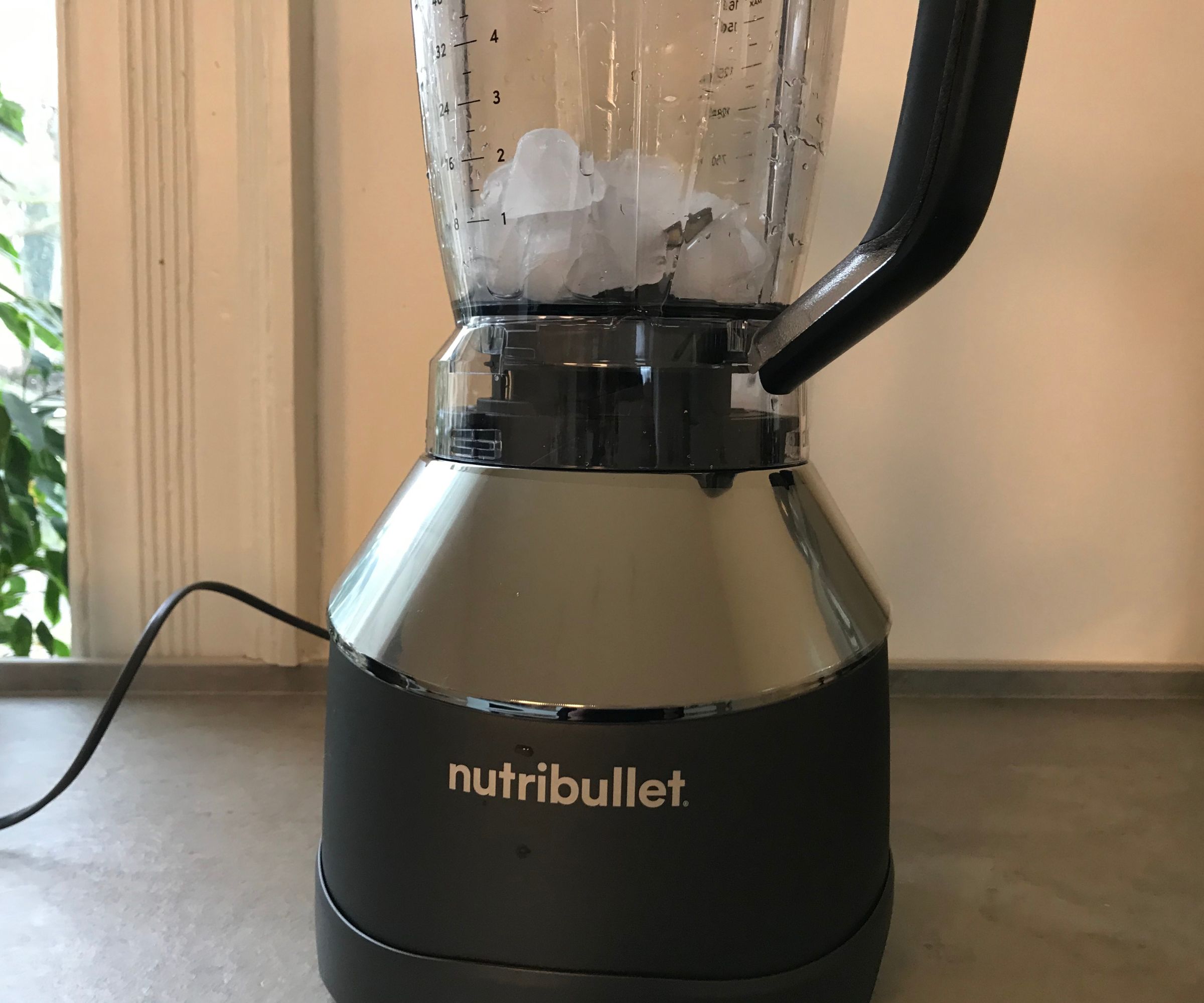
Now we can get in to the nitty gritty details. Before I dive into the tests, I might walk you through pre-set (if there are any), how the food processor is controlled (by knobs, buttons, or a screen) and I’ll fill you in on any last bits of information that you might need to know before you get started. Then, we can start talking about the different parts.
The knife blade
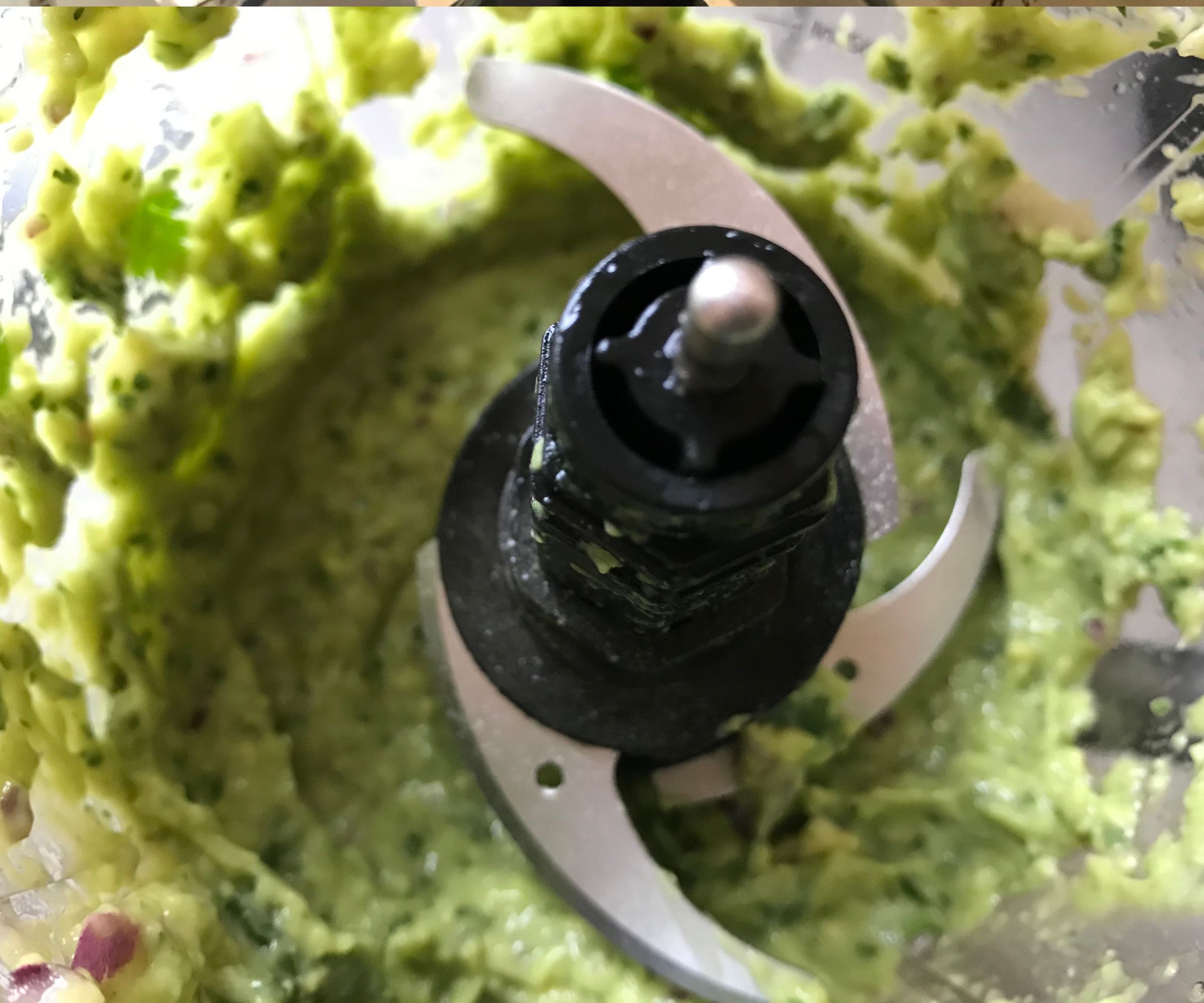
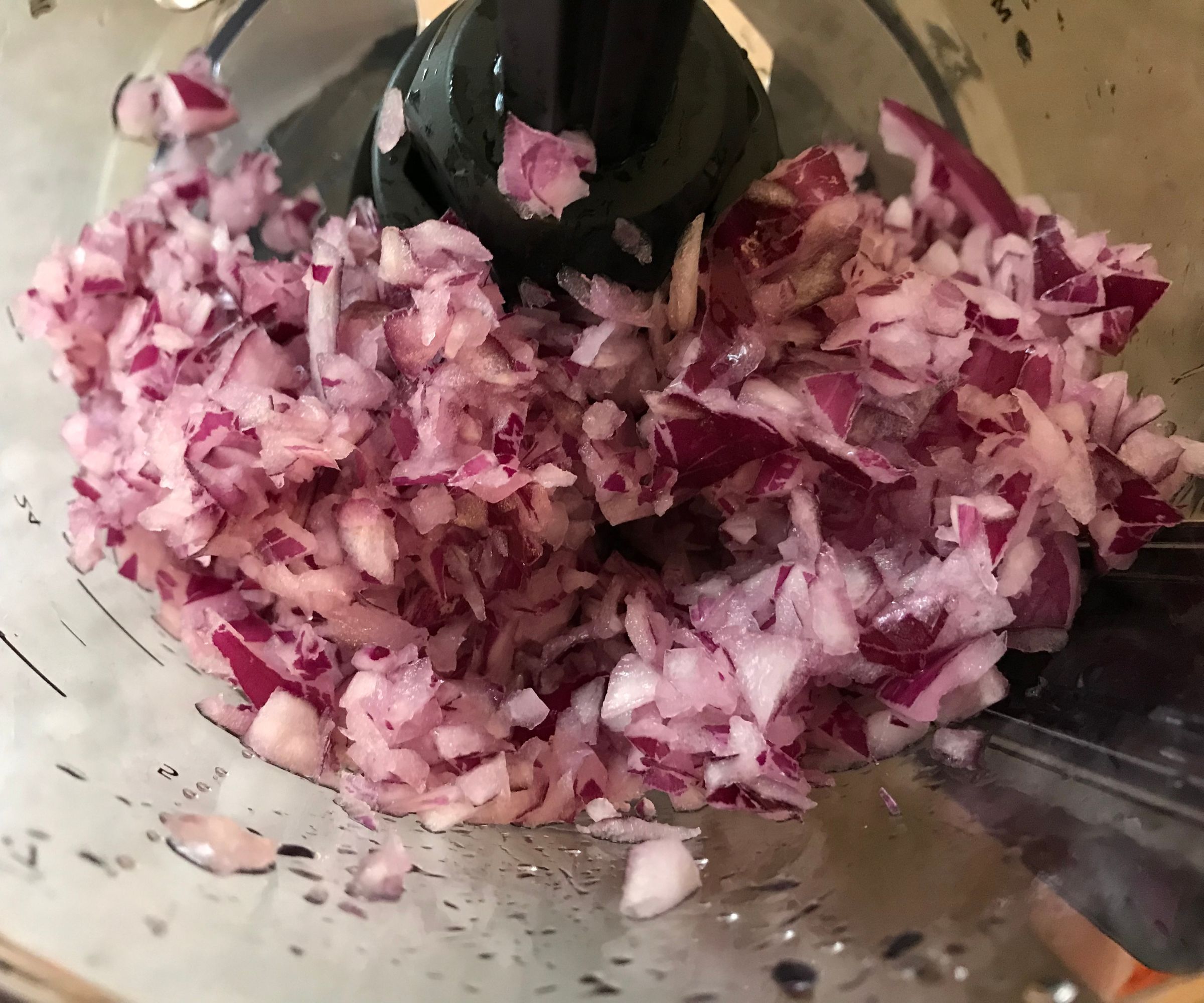
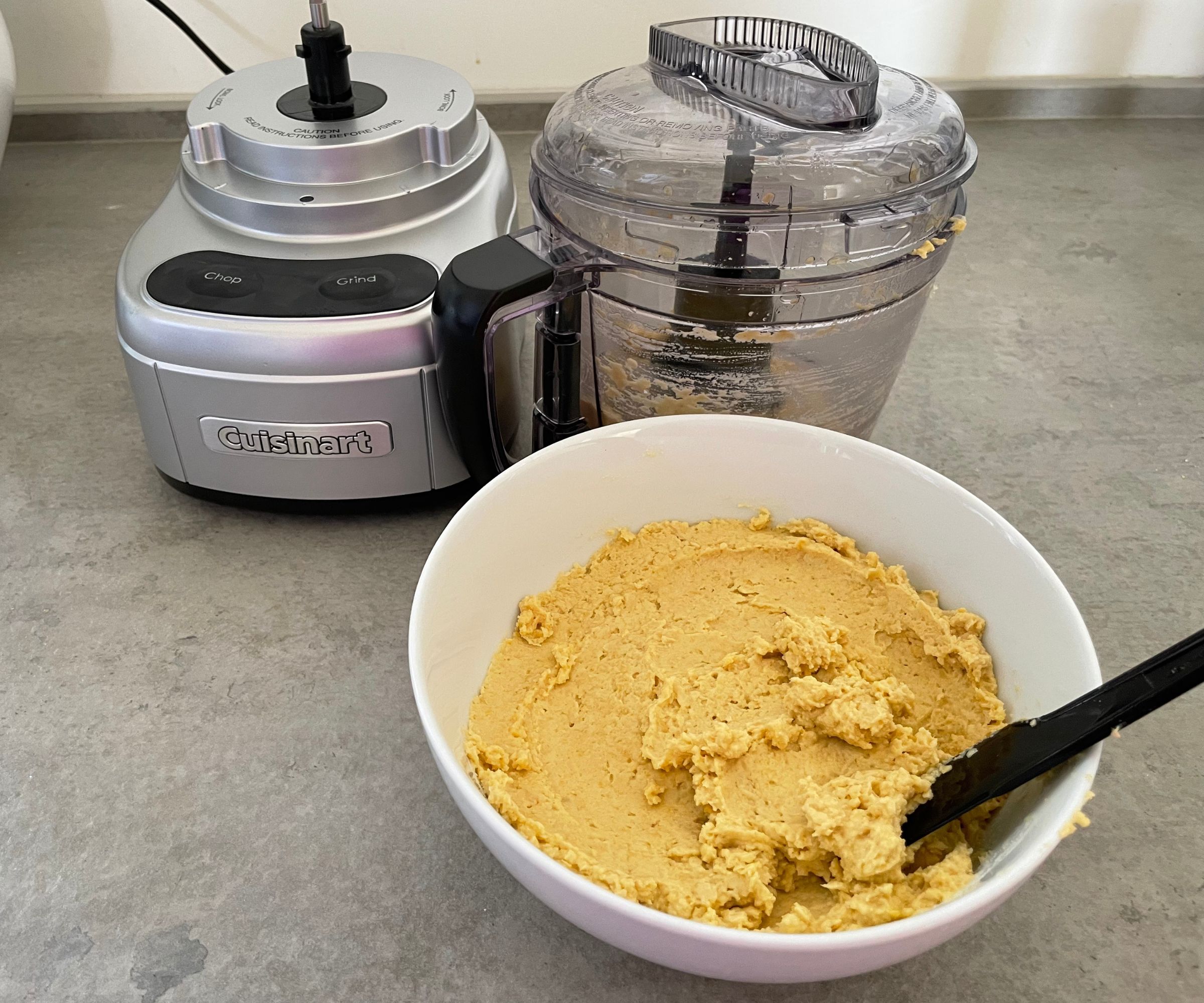
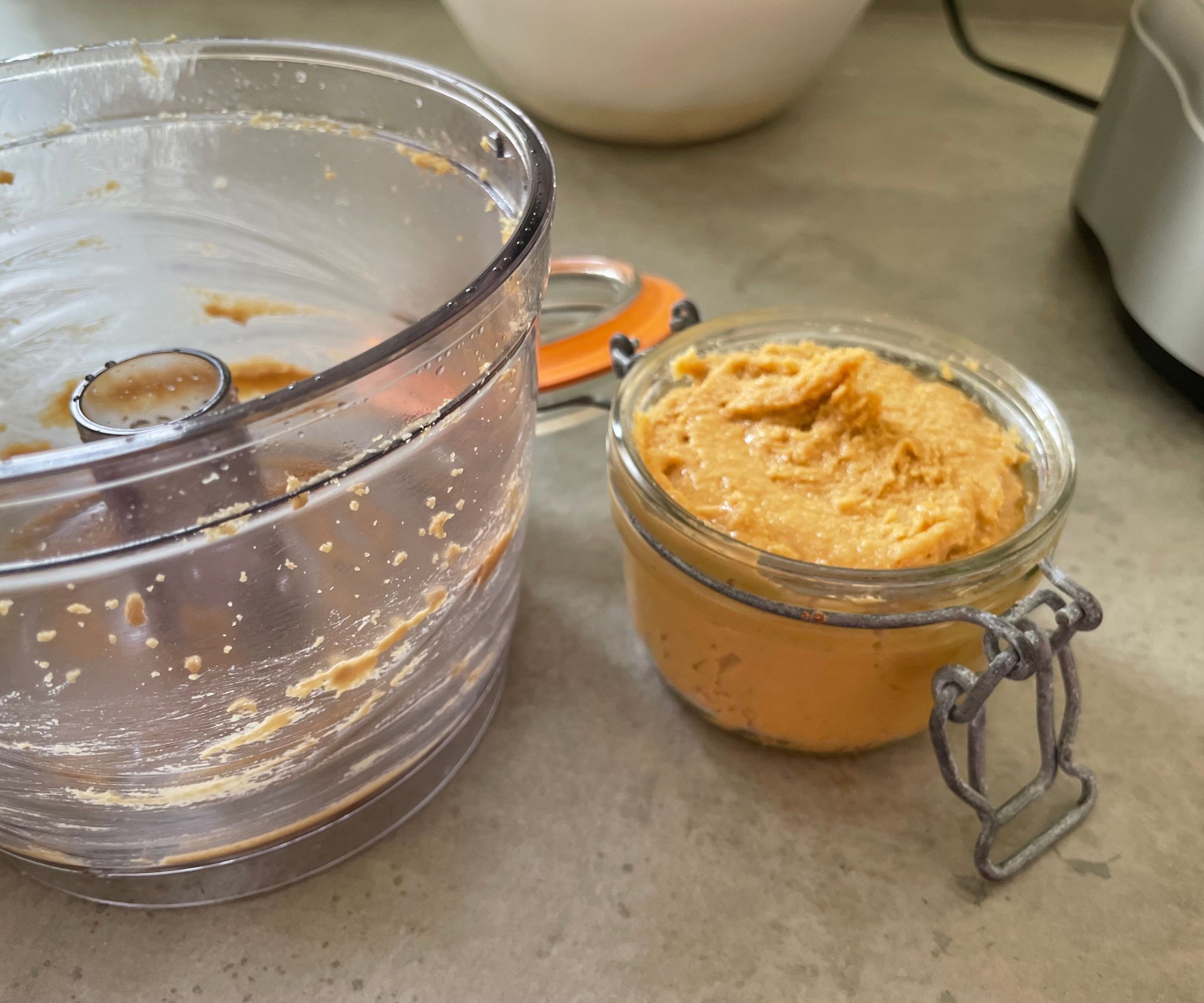
If your food processor comes with just one accessory, it will be a main blade. This is great for chopping and blending in particular, so you’ll want it to be sharp, stable, and powerful. An easy way to test this is to put an onion in the food processor bowl. I’ll pulse the blades and see how quickly, evenly, and finely the food processor can chop them. I like to check in stages, because sometimes you’ll want a bit of texture and it’s important that the controls are nuanced enough to help you get there.
I’ll also do a hummus test, because this is a good test of the finer details. I whizz around a can of chickpeas, some olive oil, cumin, tahini, lemon, and garlic to see how smooth I can get my dip. Here, I’m looking for all the chickpeas to be well integrated across the dip. I don’t want anything caught in the blades, corners, or at the top of the bowl.
If I have the food processor for longer, I also like to run tests on chopping nuts and making breadcrumbs, because these are some of the most common tasks that you’ll put your food processor through.
The grating disks
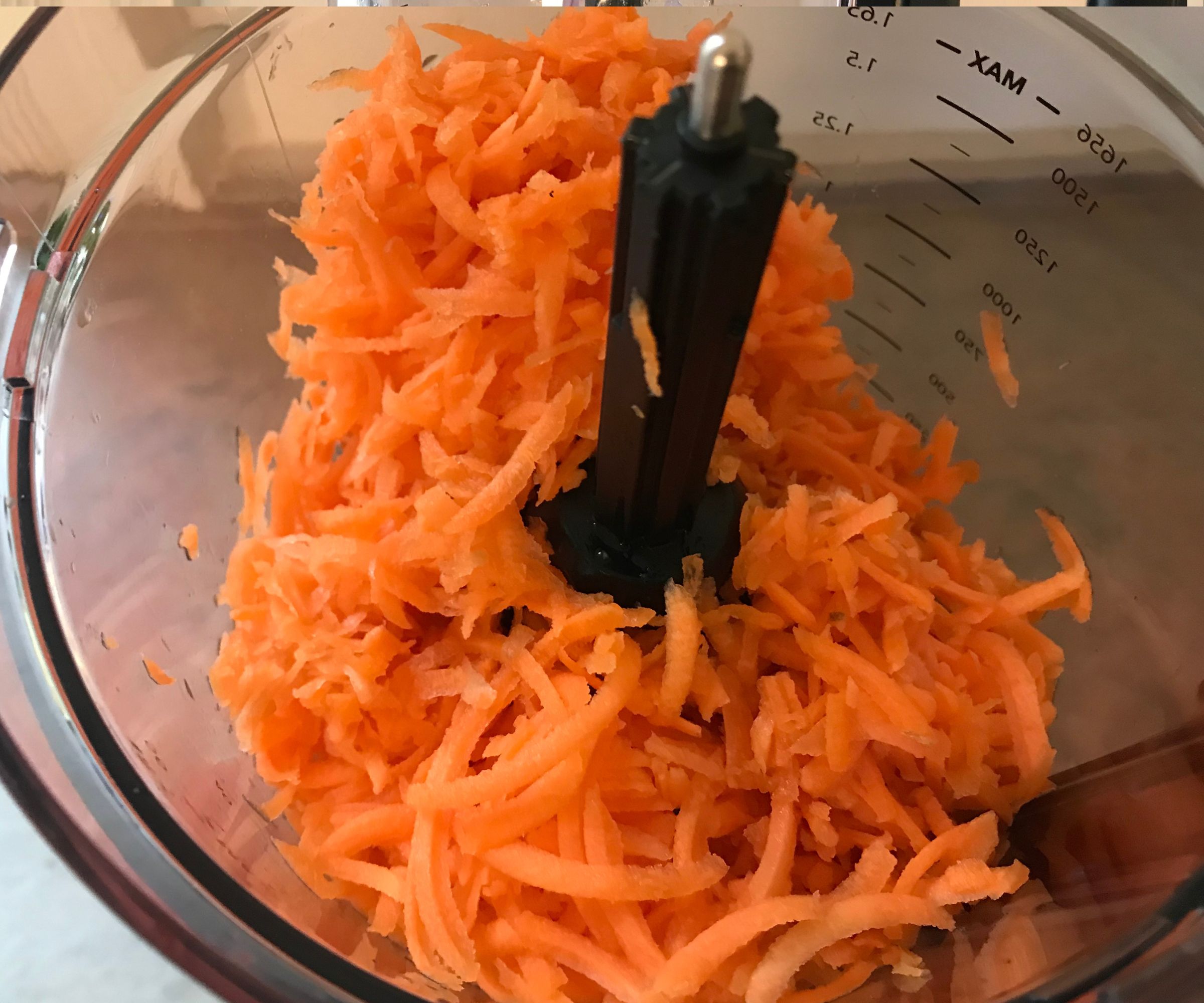
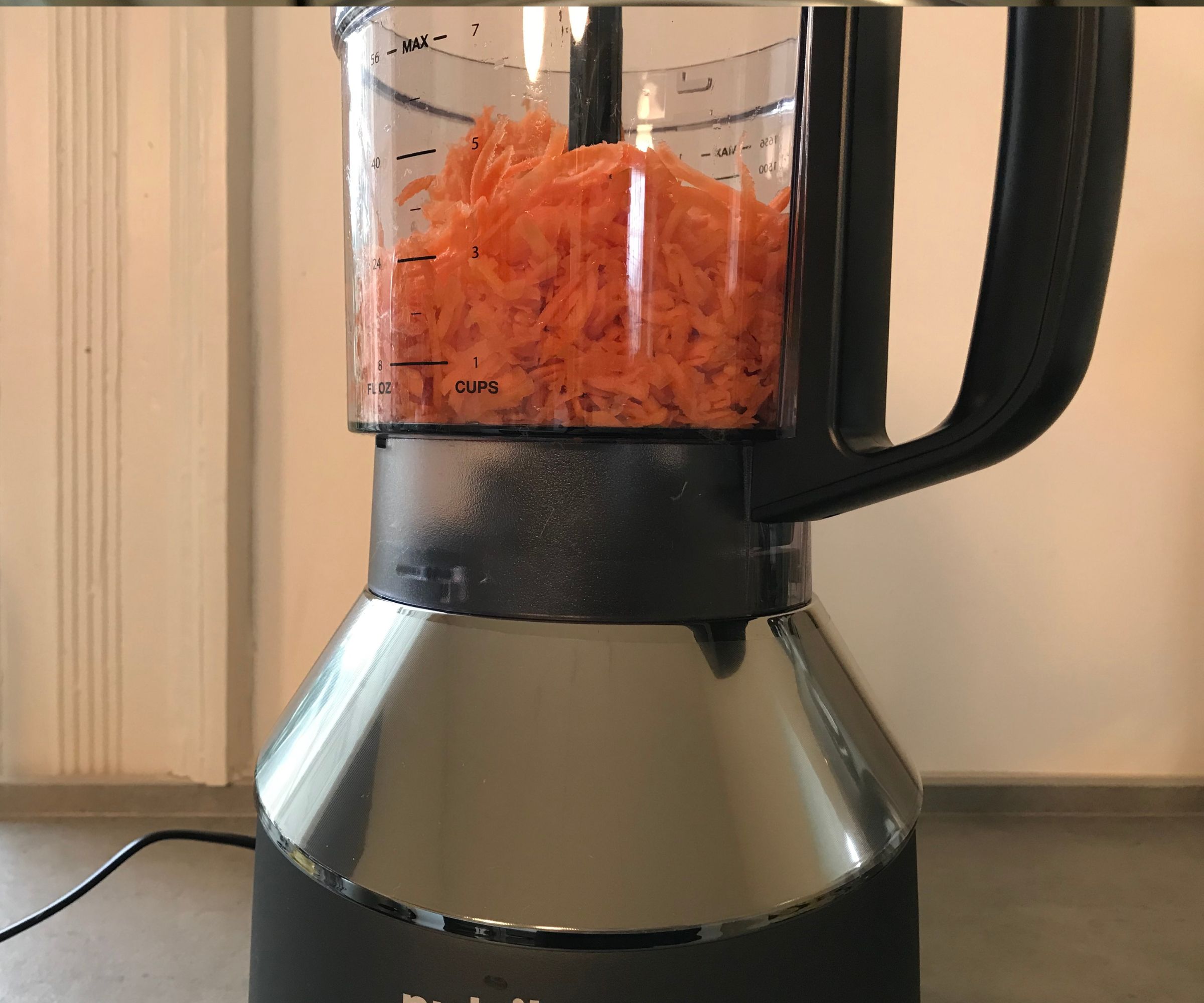

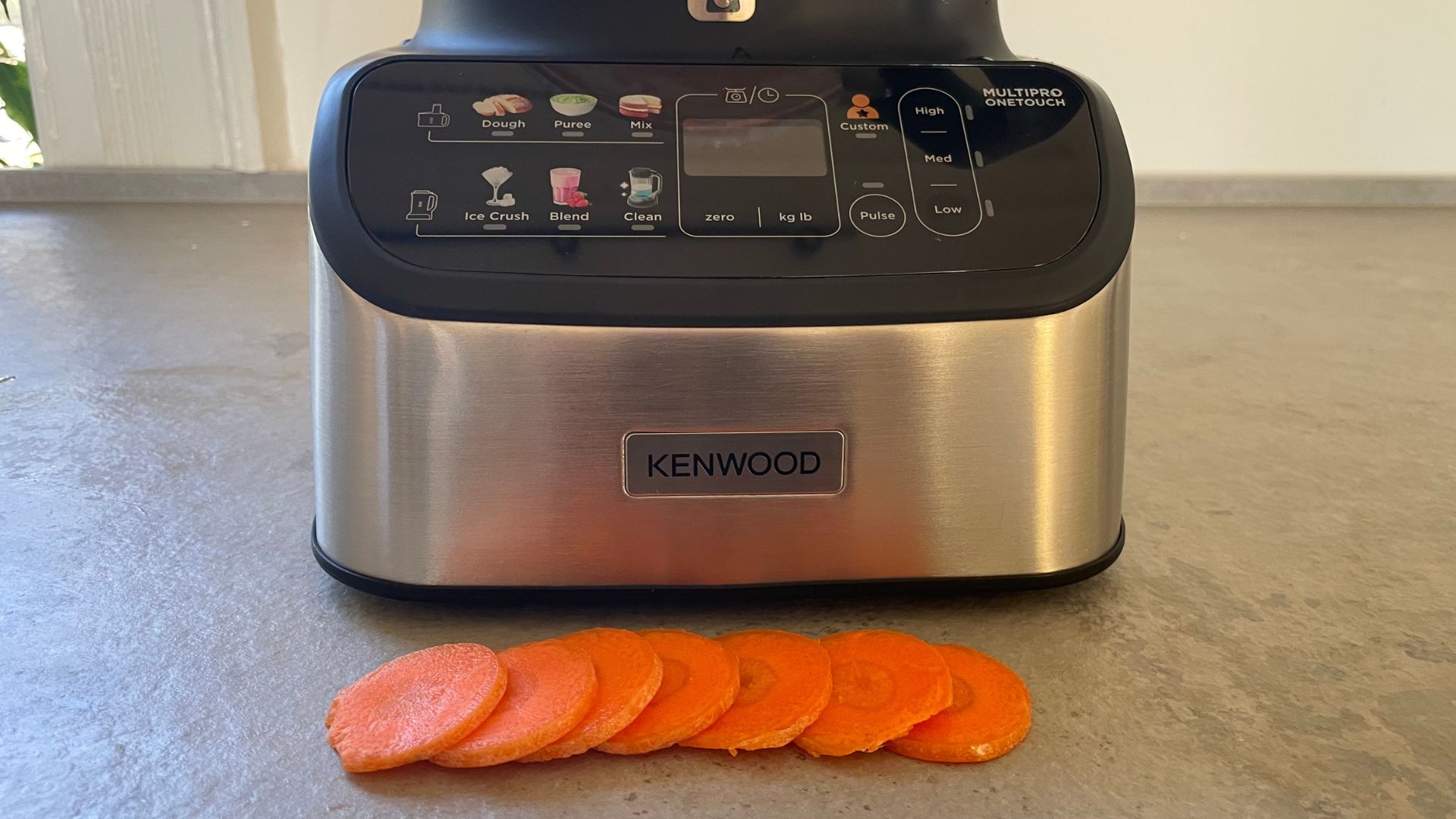



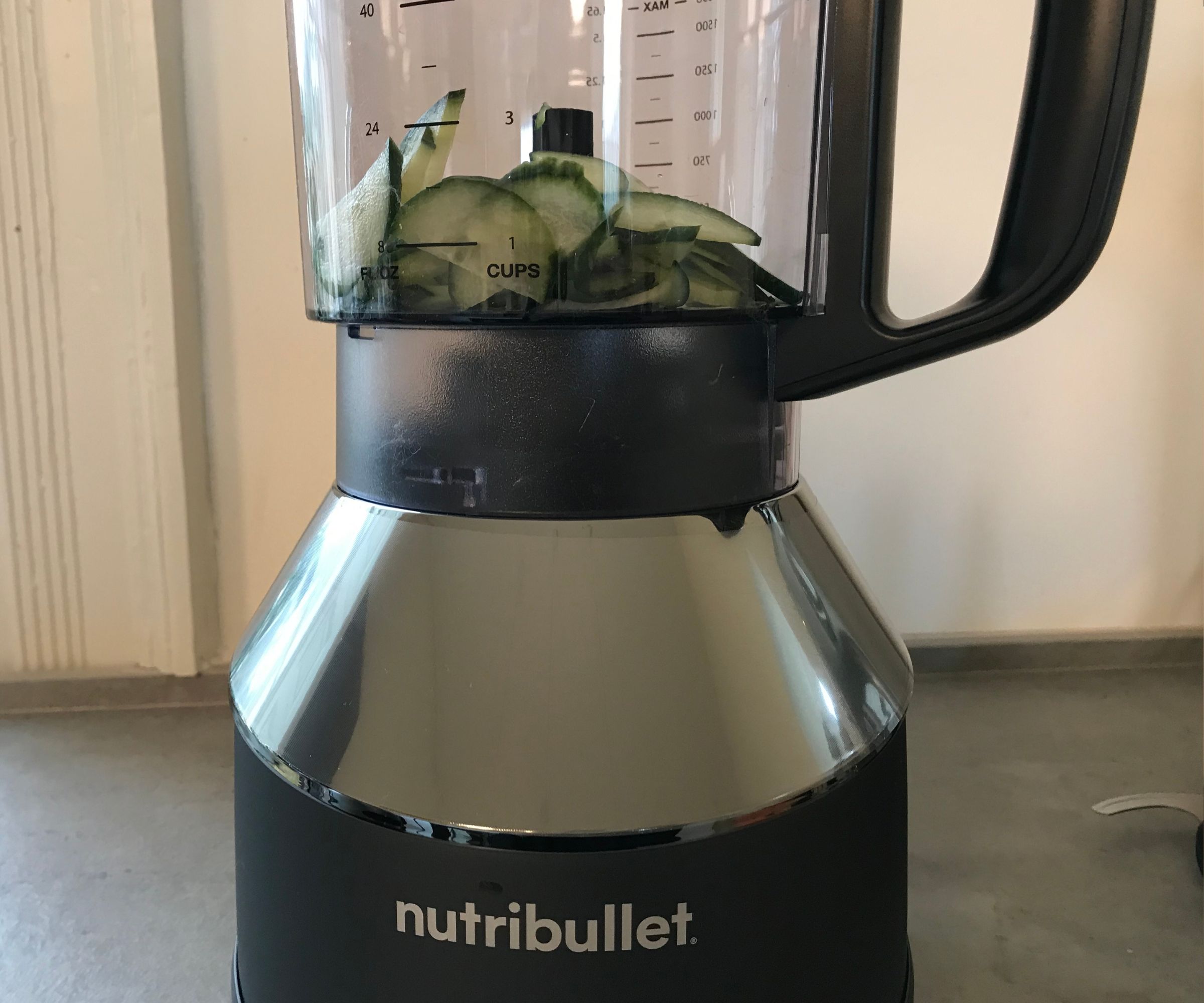
If your food processor is going to be sent with any other accessories, it will be a grating disc. This has the grating teeth on one side and a slicing mechanism on the other. On occasion, you’ll be sent to these one for large pieces and one for small pieces, but standard offering would be just one. These are some of the most overlooked accessories that you can have in the kitchen, but once you have one you will wonder what you ever did without one.
To test them out I normally start with grating cheddar cheese. This is quite soft and you’ll also need it to grate it in big batches the pasta dishes and cheese sauces so it’s handy if this can be done quickly. I look for consistency across all the different pieces and speed. I will also grate carrot since this is at the other end of the spectrum. It’s hard and can be tough to get really even clean cuts on. This is a great test of not just the power, but also the sharpness of the blades.
Once I’m happy with testing graters, I’ll move onto the slicing function. My standard test is using cucumber. Some feeding chutes can fit a whole cucumber. Others might need you to do some prep such a slicing in half.
This is good to know if you’re going to be using big ingredient such as courgettes and aubergines too as you don’t want to do a lot of prep or you don’t want to compromise on the shape of your ingredient. You cucumber is the perfect test because the skin can be quite task but the filling is soft so the machine needs to be sharp and powerful cutting through the tough skin , without the insides of the cucumber.
Blenders
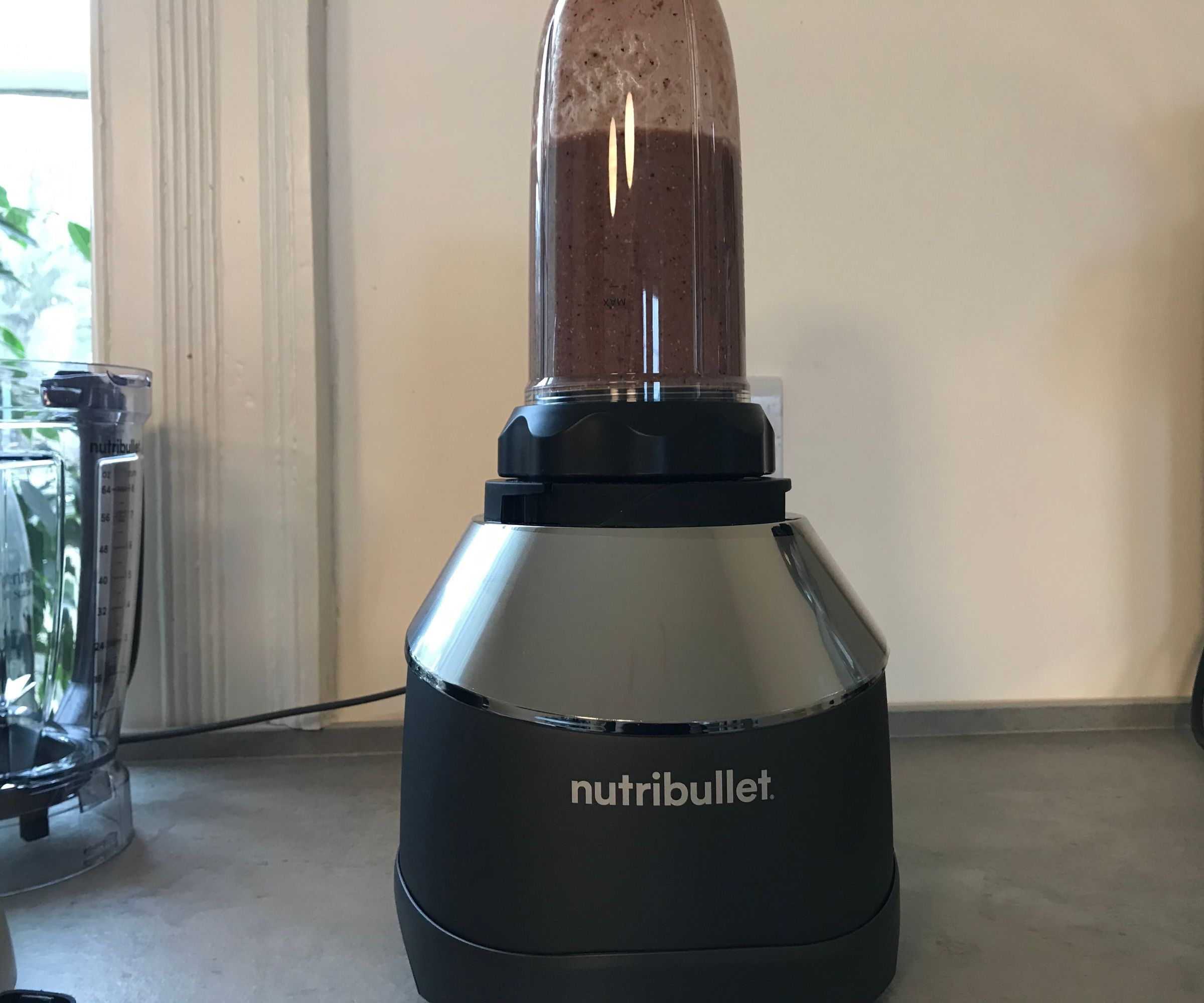
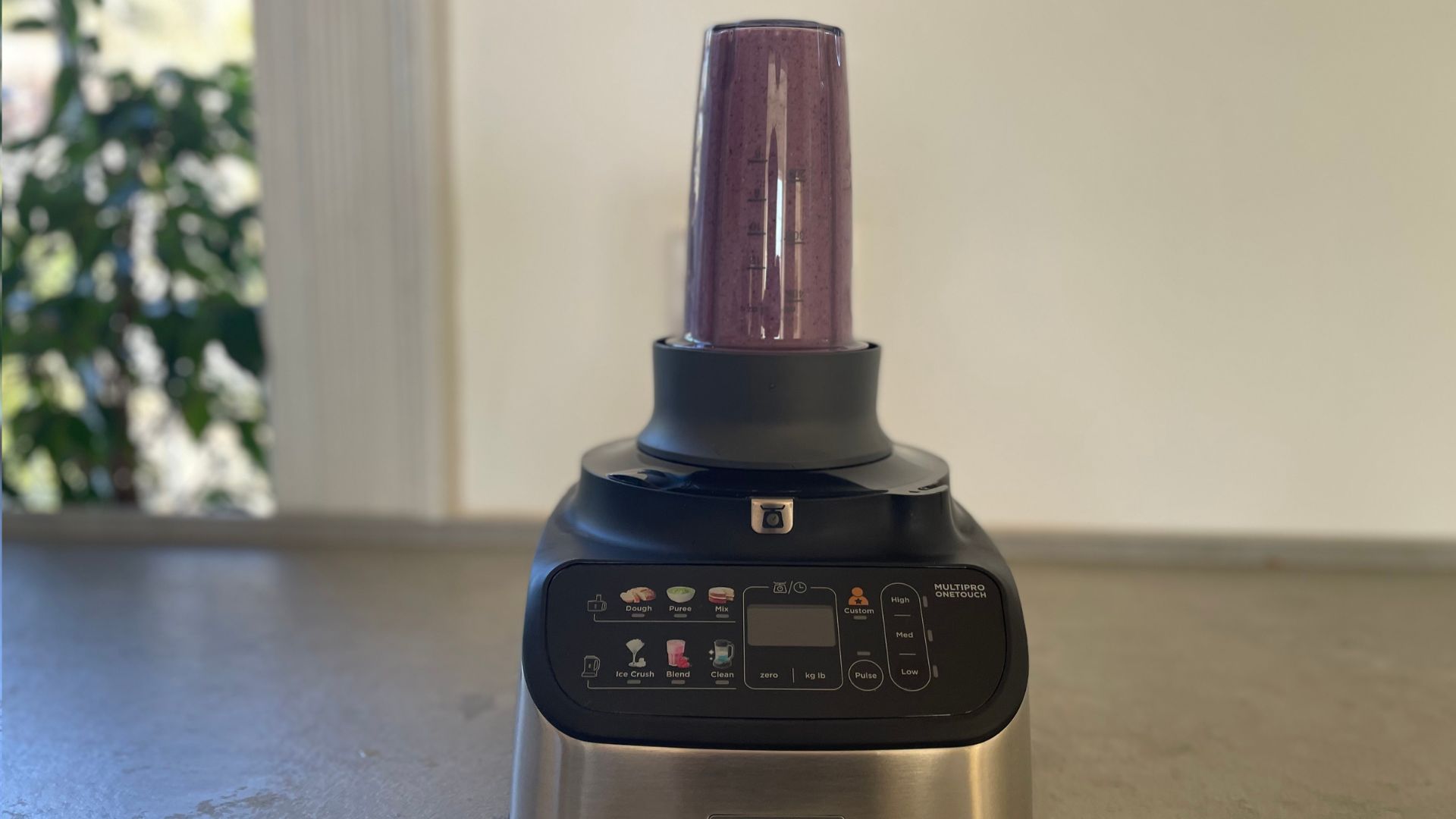
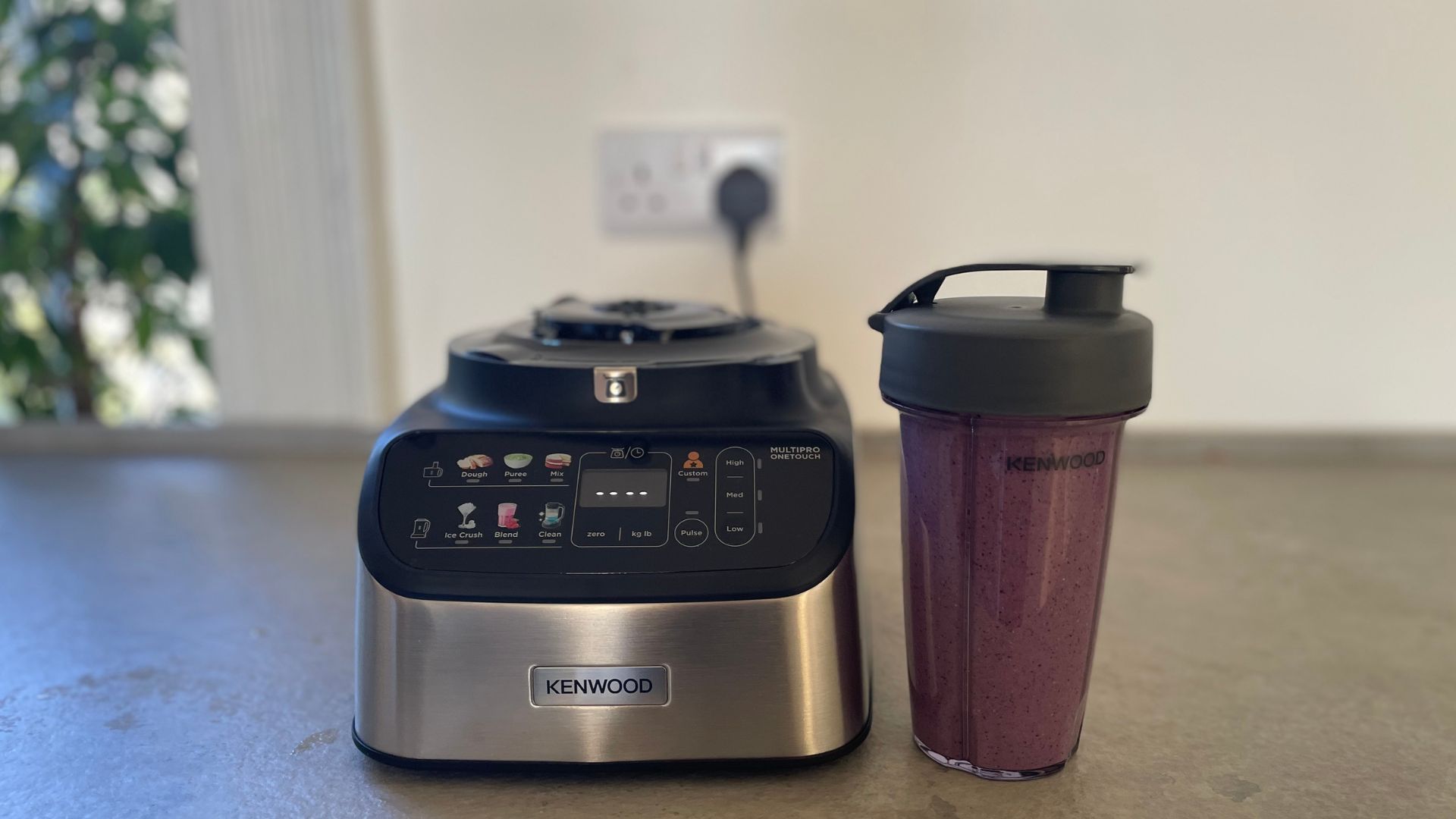

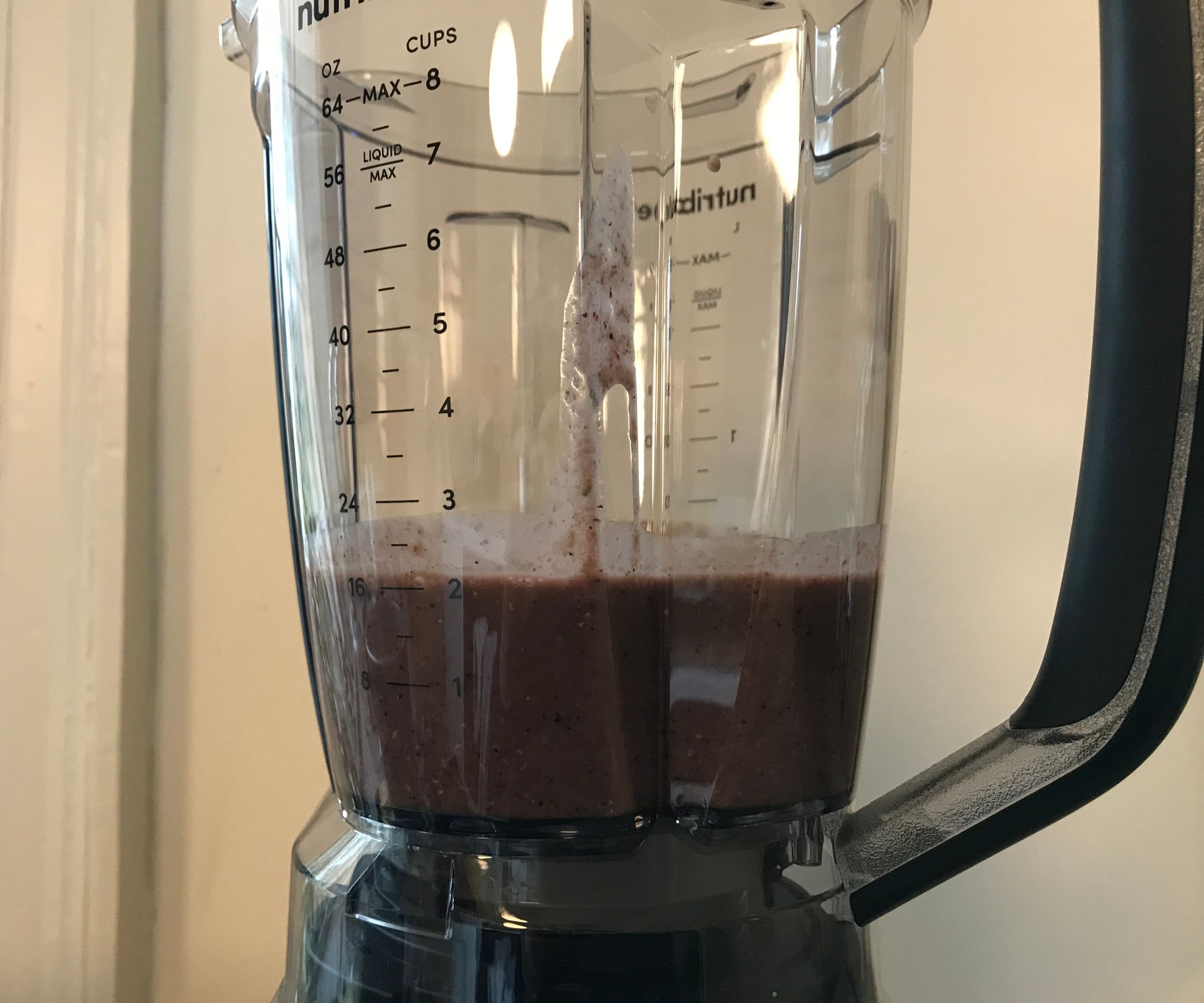
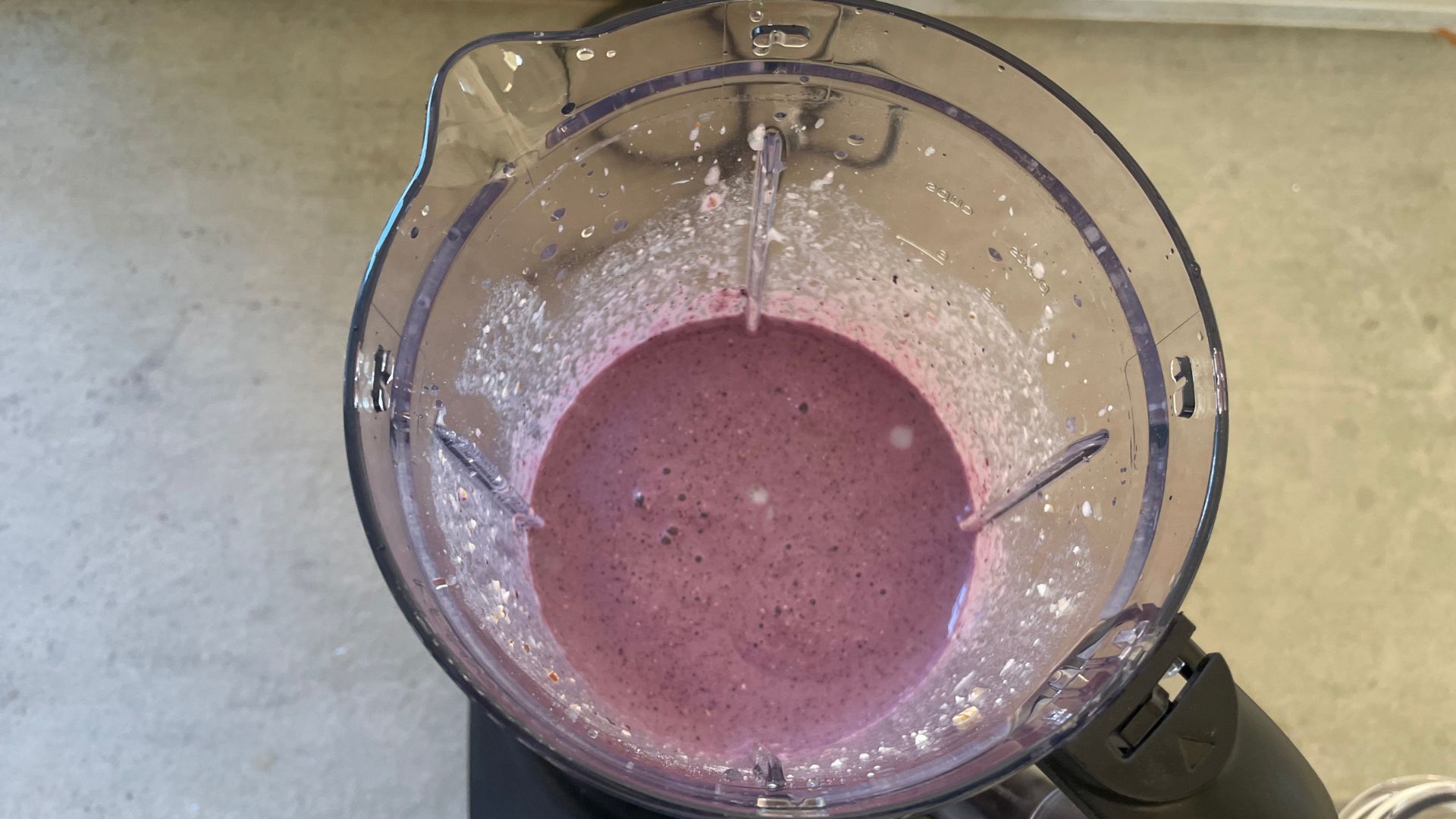
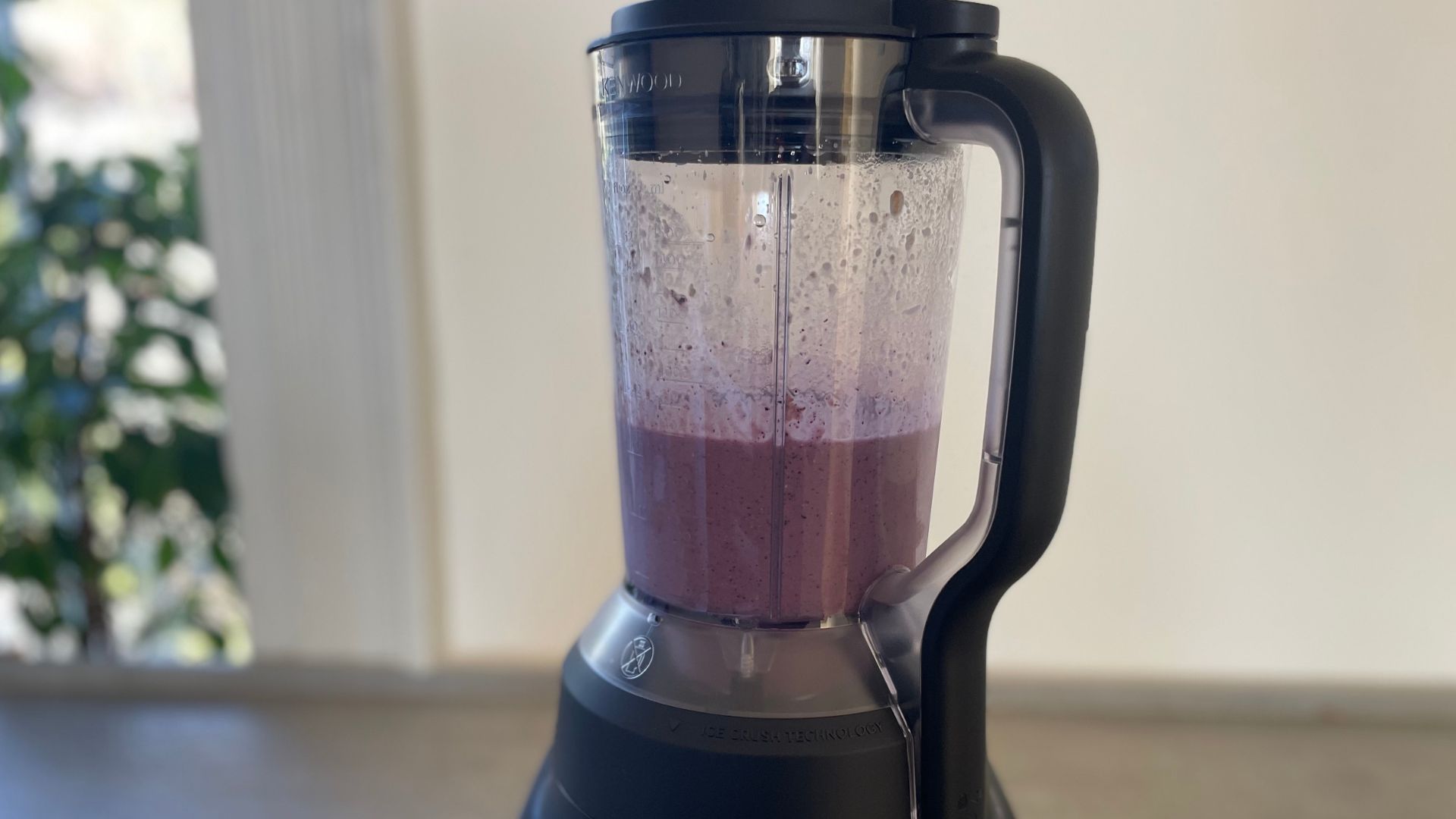
There are increasing numbers of food processors that will be sent with blending attachments too. I put it down to lots of us wanting less clutter in our kitchen and this is a great way to save space. However, I think it’s important that you don’t compromise when you can buy these two appliances so it always make sure to test blend the functions as I would a normal blender.
You can read all the details of how we test blenders at woman&home over on the dedicated page. If you want a summary, I make a smoothie using tough and versatile ingredients, I crush ice, and I make a dip. Of course you could do all of these in the food processing bowl but I like to test whether you could also do these in the blender. You might want different quantities or it might be more convenient to have one or another out.
Whisks, dough hooks, and other accessories
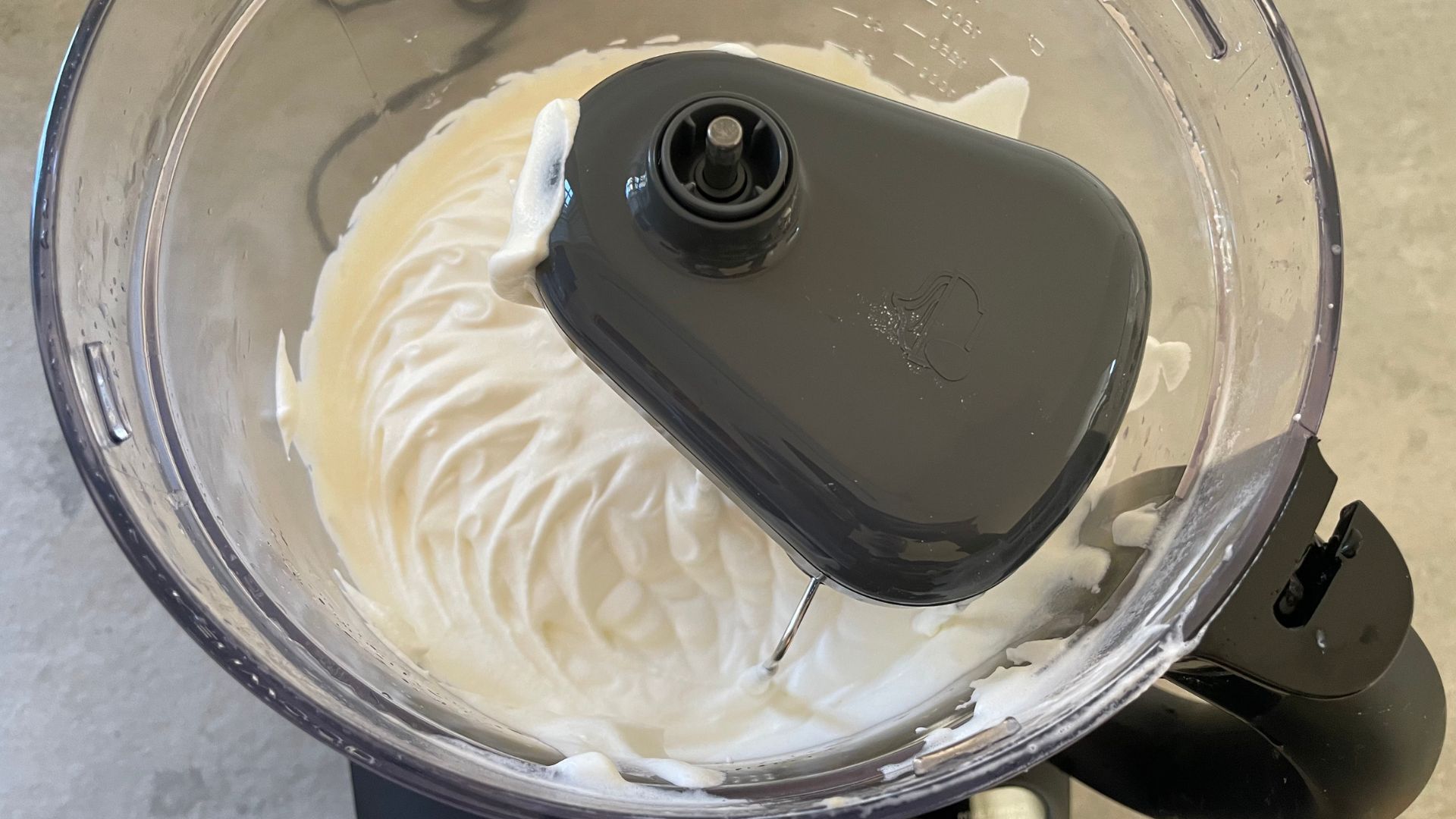

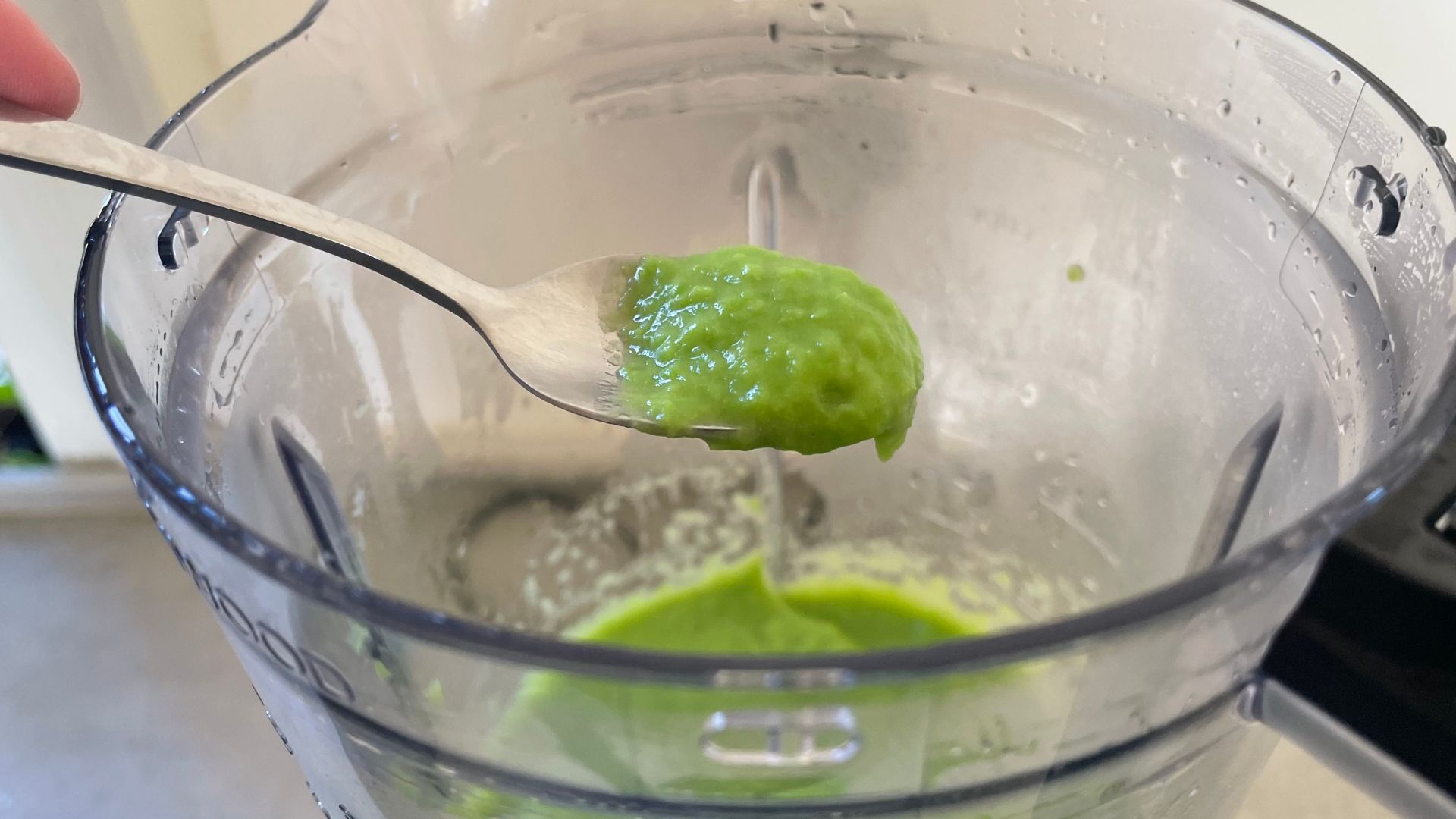
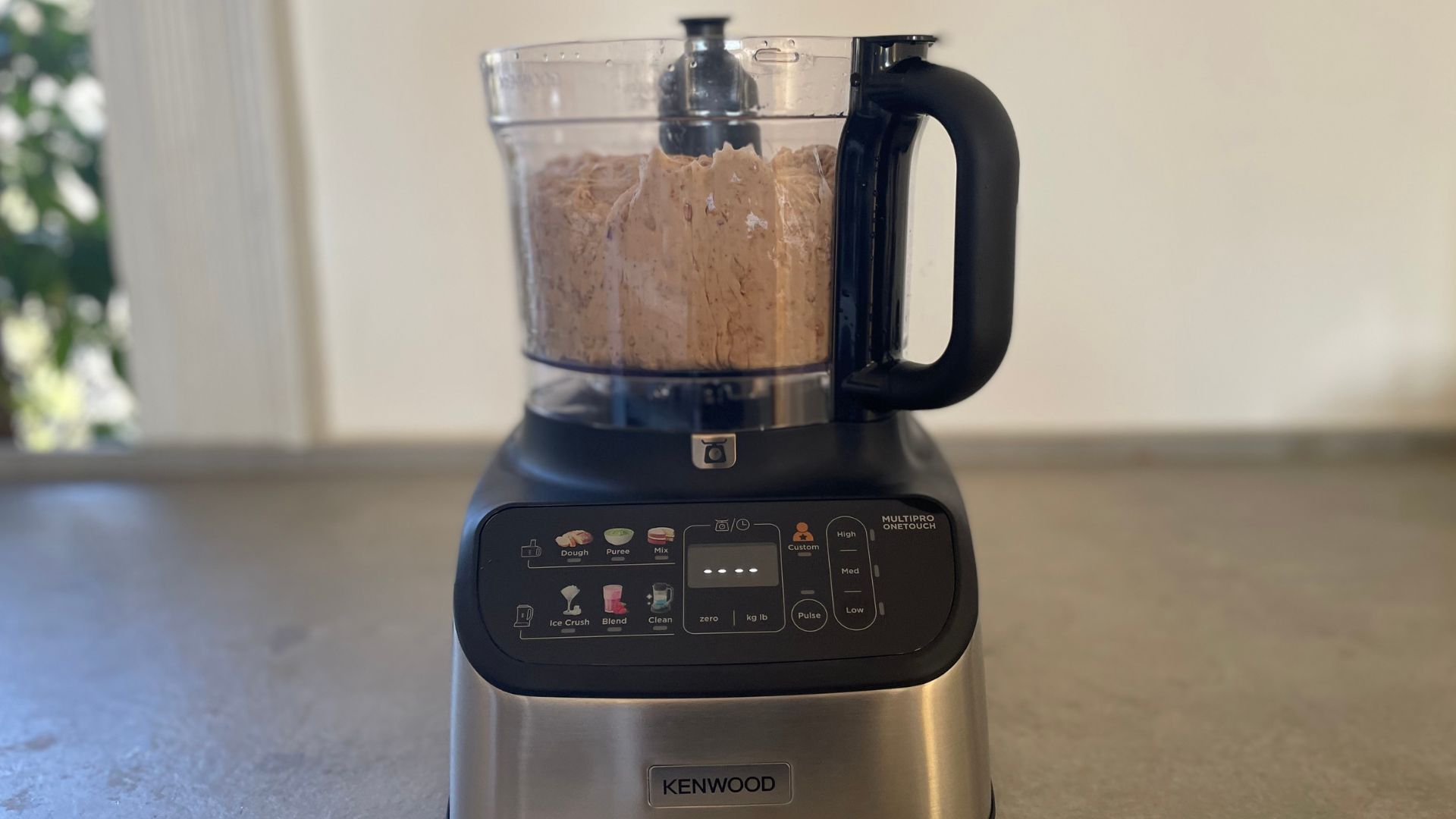
Lots of food processes come with other accessories but it could be hard to predict what brand things has important. Often you’ll see a whisk attachment and dough blades are surprisingly common too. Whatever their intended function, I make sure to use the attachment as if it were an independent appliance in your kitchen. If it’s promising to do a job, it needs to be doing it well.
Cleaning
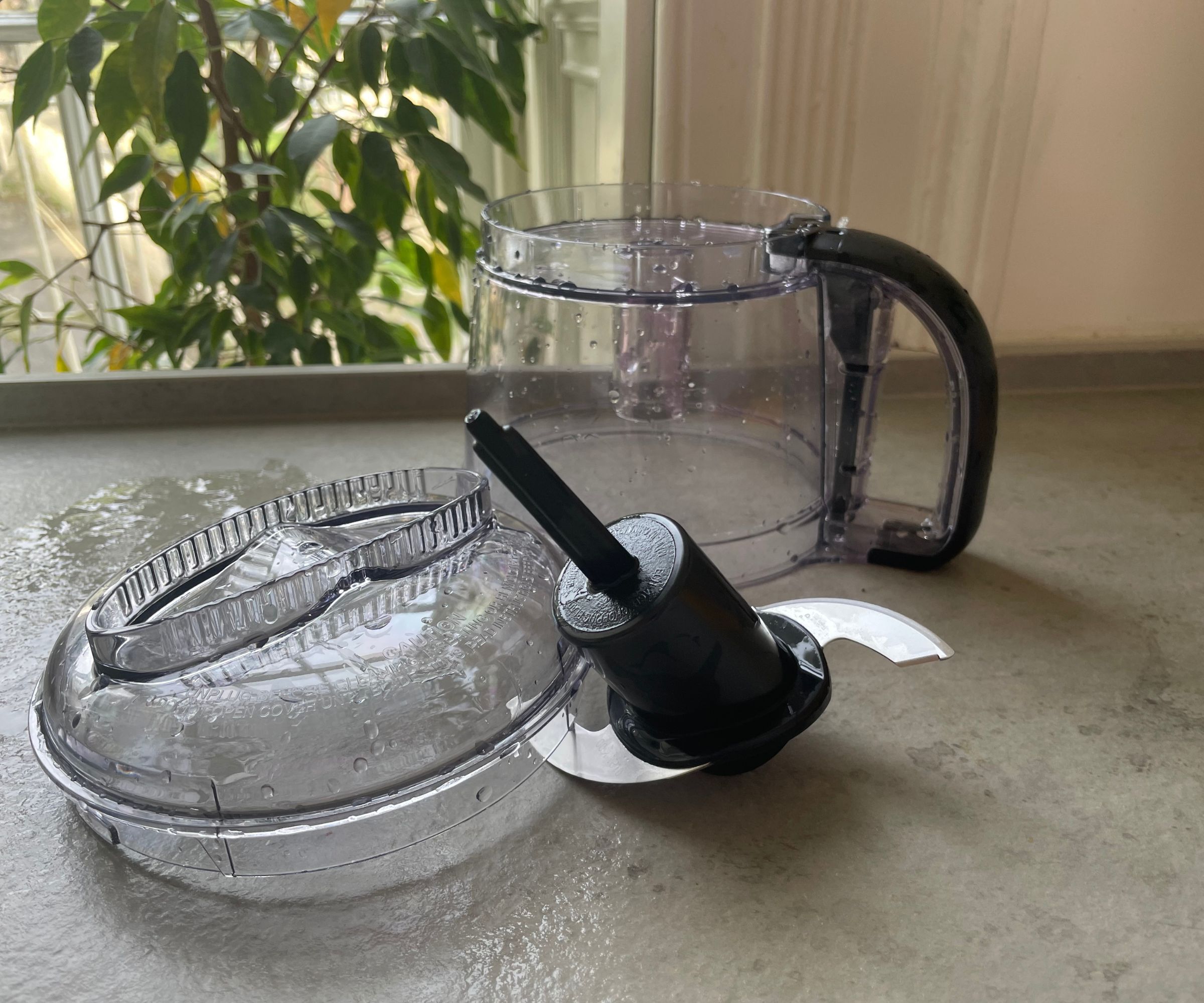
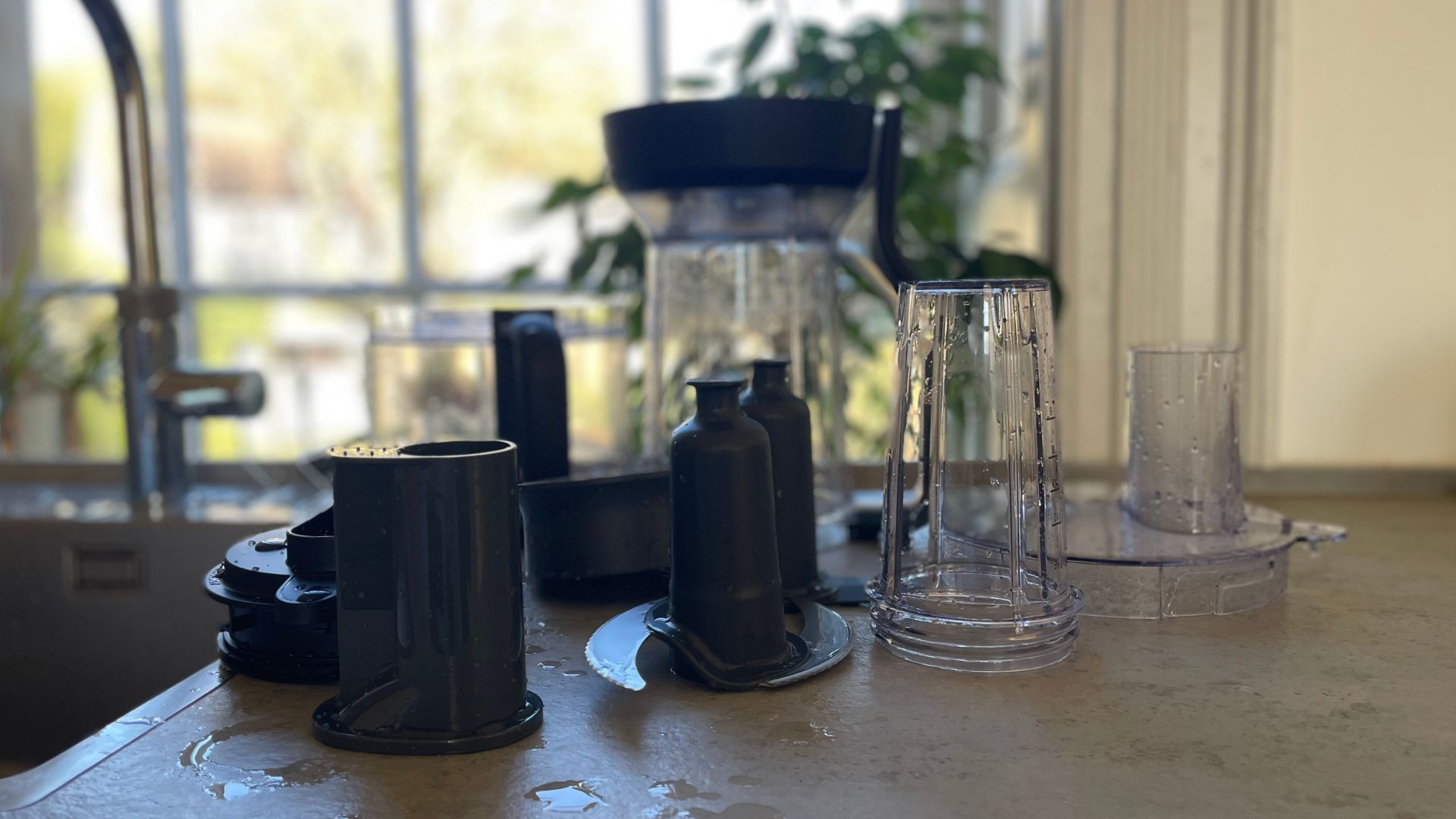
The clean up is arguably the least exciting part of the whole process, but some food processors make it easier than others. If all the parts, including the food processor bowl, are dishwasher safe, you can stack them away and that’s the end of your troubles. It’s relatively common for this to be the case, but some people like to wash up by hand and the really conscientious cleaners will know that they can do a better, more gentle job by hand. Brands always recommend hand washing if you want your appliance to last longer, because you put a lot less wear-and-tear on the materials.
I’ll talk you through anything that you might need to be careful around and will let you know about special cleaning functions that might be available too. If we have any tips or special advice for how to clean a food processor, I’ll pop them in too. Every little helps.
How does it compare?

Given that I’m the person who tests all the food processors at woman&home, I can’t help but make comparisons as I’m using each model. This is handy for you, because you won’t want to buy the first thing that you see: it’s always good to shop around.
I tend to pick two food processors to compare. I’ll suggest one that’s a little cheaper and one that’s more expensive. Knowing where your food processor sits in terms of price helps you work out whether it’s good value for money and you’ll also be able to decide whether it’s got everything that you’re looking for (as well as whether you’re paying a premium for extras that you don’t need).
Should you buy it?

By now, I’ll have given you a good idea of whether the food processor is for you. Here, I’ll bring together any final thoughts on the food processor, who it suits, whether it’s good value for money, and any alternatives that I think are worth looking at. I like to think that I’ve answered all of your questions, but I always say to get in touch if you have more specific ones. I’d rather you ask me than have to find out for yourself.







